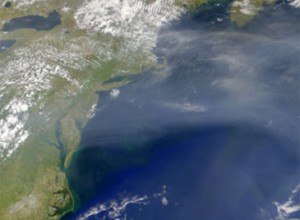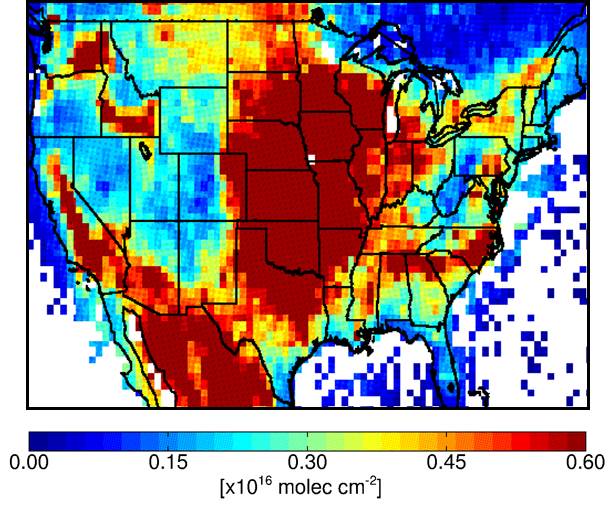Research Spotlight:

Health Impacts of Air Pollution
Breathing air with high concentrations of certain pollutants, such as ozone and fine particulate matter, can damage human health. Exposure to these pollutants can affect the cardiovascular and respiratory system, causing illnesses such as asthma and premature mortalities. Research in the Selin group links atmospheric chemistry modeling to impacts analysis, using integrated assessment models, to quantify the human health and economic impacts of air pollutants, and address the potential benefits of policies to control pollution. Research in the Barrett group assesses the human health impacts of aviation emissions, on regional to global scales.






